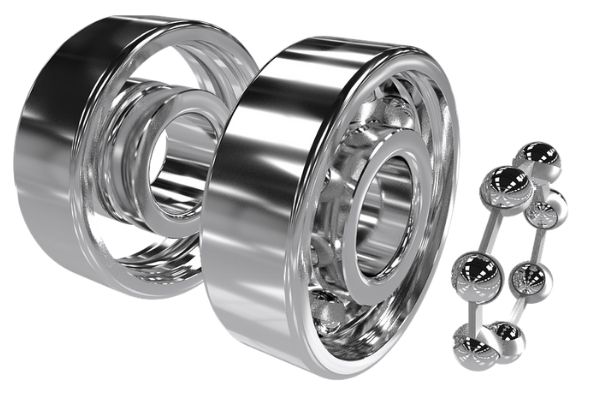• Introduction of heat transfer and fluid mechanics.
• Conduction. Thermal and heat fields, temperature gradient. First Fourier Law – heat flow and heat. Second Fourier Law – steady and non-steady states. Joule-Lenz Law. Thermal conductivity coefficient, thermal diffusivity coefficient. Boundary conditions for conductive heat transfer problems.
• Convection. Forced and unforced convection. Heat transfer coefficient. Conductional-convectional heat transfer.
• Fundamentals of similarity of systems – model and reality. Laws of similarity, criteria-numbers, equations. Physical modelling vs. abstract modelling.
• Thermal radiation. Physical fundamentals of radiation and theory. Radiation properties. Emissivity. Black and grey surfaces (body). Radiation flux, areal radiation flux. Five laws – Planck, Wien, Stefan-Boltzmann, Lambert, Kirchfoff. Radiation between bodies – variants. View factor relations. Radiation of gases and mixture of gasses in interaction with surfaces.
• Fluid properties – variations of pressure, ideal gas equations, compression, expansion, dilatation, viscosity, surface tension, thermodynamics system gas – steam. Viscous and inviscid fluids.
• Hydromechanics. Basic statics and dynamics equations – Euler, Navier-Stokes, Bernoulli, continuity.
• Fluid statics. Static of one gas system. Statics of two gases thermodynamics system. Application in flame furnace device.
• Fluid dynamics. Reynolds number. Laminar and turbulent flow. Velocity flow rates. Specification.
• Pressure losses. Local losses, height loss, friction losses. Pressure losses developed by chimney. Fundamental laws and coefficients of losses.
• Gas discharge openings. Gas discharge at low speeds. Velocity, volume and mass flows determination.
• The commercial software utilization in conditions of heat transfer and fluid mechanics. FEM, FVM, CFD. Step-by-step creating the simulation. Advantages and disadvantages of simulations and what to do, to be the simulation correct and usable in real processes.
• Conduction. Thermal and heat fields, temperature gradient. First Fourier Law – heat flow and heat. Second Fourier Law – steady and non-steady states. Joule-Lenz Law. Thermal conductivity coefficient, thermal diffusivity coefficient. Boundary conditions for conductive heat transfer problems.
• Convection. Forced and unforced convection. Heat transfer coefficient. Conductional-convectional heat transfer.
• Fundamentals of similarity of systems – model and reality. Laws of similarity, criteria-numbers, equations. Physical modelling vs. abstract modelling.
• Thermal radiation. Physical fundamentals of radiation and theory. Radiation properties. Emissivity. Black and grey surfaces (body). Radiation flux, areal radiation flux. Five laws – Planck, Wien, Stefan-Boltzmann, Lambert, Kirchfoff. Radiation between bodies – variants. View factor relations. Radiation of gases and mixture of gasses in interaction with surfaces.
• Fluid properties – variations of pressure, ideal gas equations, compression, expansion, dilatation, viscosity, surface tension, thermodynamics system gas – steam. Viscous and inviscid fluids.
• Hydromechanics. Basic statics and dynamics equations – Euler, Navier-Stokes, Bernoulli, continuity.
• Fluid statics. Static of one gas system. Statics of two gases thermodynamics system. Application in flame furnace device.
• Fluid dynamics. Reynolds number. Laminar and turbulent flow. Velocity flow rates. Specification.
• Pressure losses. Local losses, height loss, friction losses. Pressure losses developed by chimney. Fundamental laws and coefficients of losses.
• Gas discharge openings. Gas discharge at low speeds. Velocity, volume and mass flows determination.
• The commercial software utilization in conditions of heat transfer and fluid mechanics. FEM, FVM, CFD. Step-by-step creating the simulation. Advantages and disadvantages of simulations and what to do, to be the simulation correct and usable in real processes.
